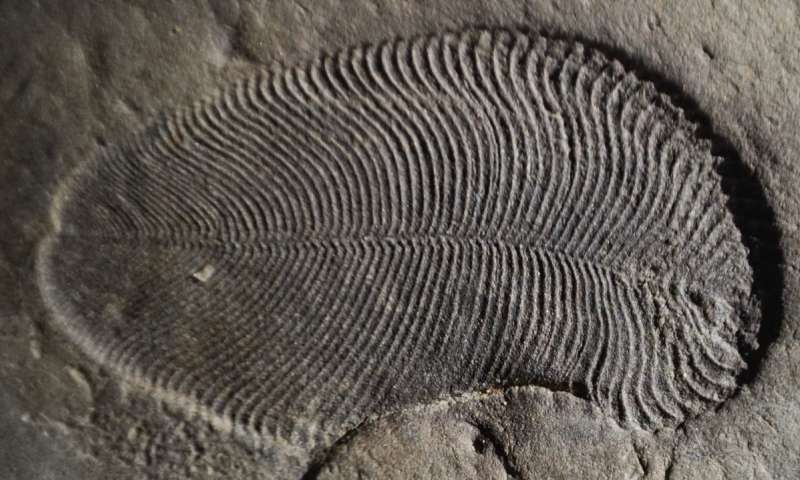Scientists used ancient molecules of fat which they believe are 558 million years old to identify Earth’s oldest animal fossil. This discovery gives more insight into the early evolution of animals.
A team of scientists from the Australian National University (ANU) worked with other scientists around the globe to uncover Earth’s oldest animal fossil. The creature they call Dickinsonia grew up to 1.4 meters in length and had oval-shaped rib-like parts on its body. The animal was part of the Ediacara biota fauna, which they say lived on Earth 20 million years ago before the so-called “Cambrian explosion” of modern animal life.
ANU scholar Ilya Bobrovskiy, who discovered the Dickinsonia fossil, said it was well-preserved. It was discovered in a remote area near the White Sea northwest of Russia. The fossilized tissue still had molecules of cholesterol, a kind of fat that’s crucial to animal life.
“The fossil fat molecules that we’ve found prove that animals were large and abundant 558 million years ago, millions of years earlier than previously thought,” ANU Associate Professor Jochen Brocks said in a statement. “Scientists have been fighting for more than 75 years over what Dickinsonia and other bizarre fossils of the Edicaran Biota were: giant single-celled amoeba, lichen, failed experiments of evolution or the earliest animals on Earth. The fossil fat now confirms Dickinsonia as the oldest known animal fossil, solving a decades-old mystery that has been the Holy Grail of palaeontology.”
They believe the Dickinsonia fossil holds “the key between the old world dominated by bacteria and the world of large animals that emerged 540 million years ago during the ‘Cambrian explosion.’” Bobrovskiy also said the research team approached their study of Earth’s oldest animal fossil using new methods.
“The problem that we had to overcome was finding Dickinsonia fossils that retained some organic matter,” Bobrovskiy said. “Most rocks containing these fossils such as those from the Ediacara Hills in Australia have endured a lot of heat, a lot of pressure, and then they were weathered after that—these are the rocks that palaeontologists studied for many decades, which explained why they were stuck on the question of Dickinsonia‘s true identity.”
To learn more about the animal, paleontologists study the structure of its fossil. This time the research team extracted that structure and analyzed molecules found on ancient rocks of Russia outside the fossil. This gave them a better look at the fat cells.
“I took a helicopter to reach this very remote part of the world—home to bears and mosquitoes—where I could find Dickinsonia fossils with organic matter still intact,” Bobrovskiy said. “These fossils were located in the middle of cliffs of the White Sea that are 60 to 100 metres high. I had to hang over the edge of a cliff on ropes and dig out huge blocks of sandstone, throw them down, wash the sandstone and repeat this process until I found the fossils I was after.”
To conduct the study published in the journal Science, ANU scientists collaborated with researchers from the Russian Academy of Science, the Max Planck Institute for Biogeochemistry and the University of Bremen in Germany.





